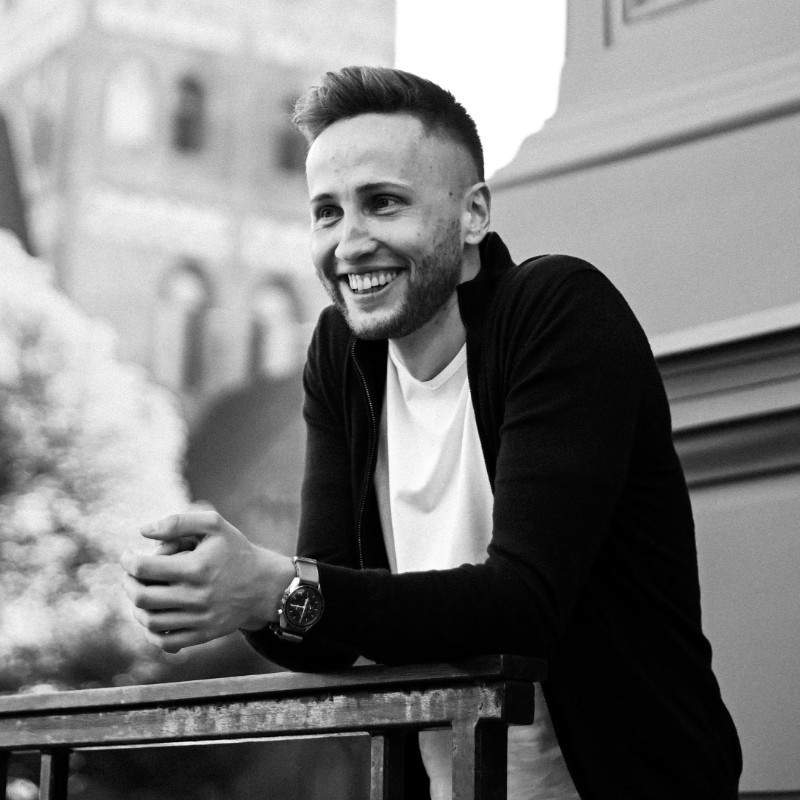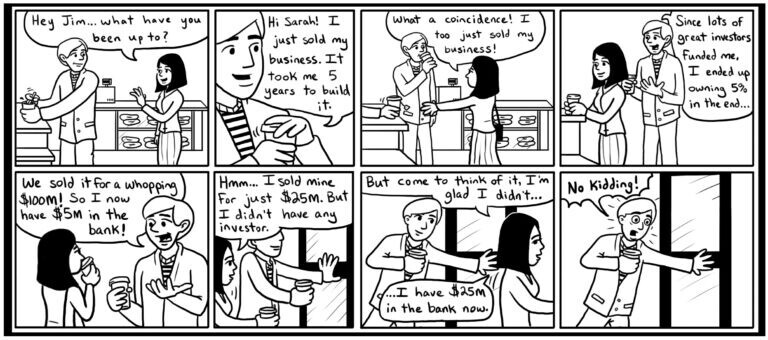Seed Capital
1Mby1M Virtual Accelerator Investor Forum: With Sergey Jakimov, Co-Founder and Partner at LongeVC (Part 5)
Sramana Mitra: There is the opportunity for gene editing before a baby is born. Then there is the opportunity for gene editing later in life.
Sergey Jakimov: There is a huge ethical component. If you leave that aside, what makes total sense is identifying potential life-threatening diseases or disabilities with DNA-driven factors for unborn babies and introducing these changes early on so that the new person gets to live a normal life. That’s totally fine by me.
>>>1Mby1M Virtual Accelerator Investor Forum: With Sergey Jakimov, Co-Founder and Partner at LongeVC (Part 4)
Sramana Mitra: Are you looking for something in this DNA testing and sequencing area that you haven’t found yet?
Sergey Jakimov: I would be looking for a merge between DNA sequencing capacity and actionable insights based on that. I would be looking at the comprehensive model where the company offers you DNA sequencing and a comprehensive report with some supplement-based insights or potential diagnostic-based insight or non-prescription interventions to mitigate risks.
>>>1Mby1M Virtual Accelerator Investor Forum: With Sergey Jakimov, Co-Founder and Partner at LongeVC (Part 3)
Sramana Mitra: Let’s switch gears to another category. Pick another category where there is a heavy computer science element.
Sergey Jakimov: Another interesting one is digital health. If we’re talking longevity, it’s of course aging clocks and all sorts of consumer-facing risk calculators. That’s another very interesting angle of how we taught algorithms to work with clinical data or user-reported data as well as how we made it consumer-facing and consumer-digestible.
>>>1Mby1M Virtual Accelerator Investor Forum: With Sergey Jakimov, Co-Founder and Partner at LongeVC (Part 2)
Sramana Mitra: I want to double-click down on a bunch of areas that are broadly relevant to digital health. What you said about applying AI to drug discovery is of interest. Any kind of quantified health measures is also of interest.
The intersection of computer science and biology is where our audience would find the most useful insight. What is the state of the union and where are you playing? What are some of the case studies in your portfolio?
>>>1Mby1M Virtual Accelerator Investor Forum: With Sergey Jakimov, Co-Founder and Partner at LongeVC (Part 1)

Sergey Jakimov is Co-founder and Partner at LongeVC, a firm focused on the Longevity space. We discuss trends and opportunities in this sector full of whitespaces waiting for the entrepreneur’s magic touch.
Sramana Mitra: Give us a little bit of an introduction about your background as well as about LongeVC.
>>>Best of Bootstrapping: Illuminate Ventures’ Cindy Padnos Discusses Seed Rounds

If you have been bootstrapping and think you are ready for investors, you need to learn how investors think. First, please study our free Bootstrapping course and the Investor Introductions page. Then, start looking for entrepreneur – investor fit. Today, I introduce you to Cindy Padnos, Illuminate Ventures.
Cindy Padnos, Founder and Managing Partner at Illuminate Ventures, discusses a topic that we’ve been highlighting recently: the need for multiple seed rounds as a way to bridge the Series A gap. You can listen to a podcast of our conversation here or watch the roundtable video below:
Sramana Mitra: Tell us about Illuminate Ventures. What is the focus of the firm? How big is the fund? What sized investments do you make?
Cindy Padnos: We’re on our third fund. It’s a $30 million fund. Our focus is exclusively in the enterprise or B2B category. We invest in startups that are SaaS business applications, cloud computing, mobile software targeted towards the enterprise.
Best of Bootstrapping: Bootstrapping to Exit with David Lambert, Right Side Capital

If you have been bootstrapping and think you are ready for investors, you need to learn how investors think. First, please study our free Bootstrapping course and the Investor Introductions page. Then, start looking for entrepreneur – investor fit. Here is my conversation from 2019 with David Lambert of Right Side Capital Management.
David Lambert is Managing Director at Right Side Capital Management, a firm that invests small chunks of capital in capital efficient ventures. The firm is very much in line with the Bootstrapping to Exit philosophy we’ve been discussing. You can listen to a podcast of our conversation here or watch the roundtable video below:
Sramana Mitra: Tell us about yourself. Tell us about Right Side. Let’s get acquainted.
David Lambert: I have predominantly been a career entrepreneur before starting Right Side Capital. I came out to the San Francisco Bay Area to go to Stanford in the late 80’s. A month after I graduated, I started my first company.
1Mby1M Virtual Accelerator Investor Forum: With Kyle Asman, Managing Director at Backswing Ventures (Part 3)
Sramana Mitra: Talk about the case studies of the two companies that you sold.
Kyle Asman: One of them was in real estate technology. It was a highly-profitable company with high revenue. They were pretty quick to exit. They needed some investment to grow some things and get to the next level. The other one was a secondary sale. That went from little in revenue and grew it well into the eight figures.
>>>